Animal Portraits with the Digital Photographyof John Crippen
Most of this book will be dedicated to the photos with some of the information such as ISO,shutter speed, and aperture settings. There will be a little dialog once in a while about acertain lens, filter, or technique, but most of the book is a chance to look at the images anddecide what kind of composition you would like to experiment with on your on own. I've triedto incorporate different lighting, color, and field of depth combinations so you can decide whatkind of shots you'd like to play with. Above all else, if you enjoy animals and wild life, you'llprobably like this book. I've tried to gear this book towards folks transitioning from a point andshoot to a DSLR camera.
shoot to a DSLR camera.
D. They're both amazing cameras and it seems to come down to apples and oranges. Thebest thing to do when looking for a DSLR is to read what the professional testers say, thencompare that with regular buyers. Some considerations are of course the camera it's self, butalso the availability of good & fast lenses, filters, flashes, and other essential equipment at afair price. So before you pick out your camera, take a look at the products that come alongwith it as well. Be careful when see too good to be true deals. They may be 'body-only'or 'gray market' cameras that are often not even furnished with a warranty or manual. Askthem specifically, what do I get with it. They sometimes negotiate some extra items.
The bare bones for a pretty hassle free day shoot would be (at least) 2 batteries,three large memory cards (now days 2 Gigs is dirt cheap), 1 DSLR with anaverage lens such as a 28mm -100mm or so, and a lens for far away shots,such as a 75 -300mm zoom lens. It'll cost more, but I strongly advise some kindof motorized image stabilization on the zoom lens. The further you're shooting,the more sensitive the camera is to shake. Also, a good pack, decent tripod, anda few filters. Always keep on inexpensive UV filter on each lens whiletraveling. On more than one occasion, it's saved my $700.00 lens from gettingbroken. The other filter is a circular polarizer, I cannot say enough about thissimple little filter, it's great for drawing it blue skies on a hazy day.
I always carry a mid range point and shoot with a couple memory cards and batteries.My little backup have saved me in everything from hiking in Yosemite, to shootingweddings. Another reason is because under certain circumstances, they mayout shoot your DSLR!
All images and text
John Crippen Photography PO Box 875
Atascadero, CA 93423www.photo-scenix.com
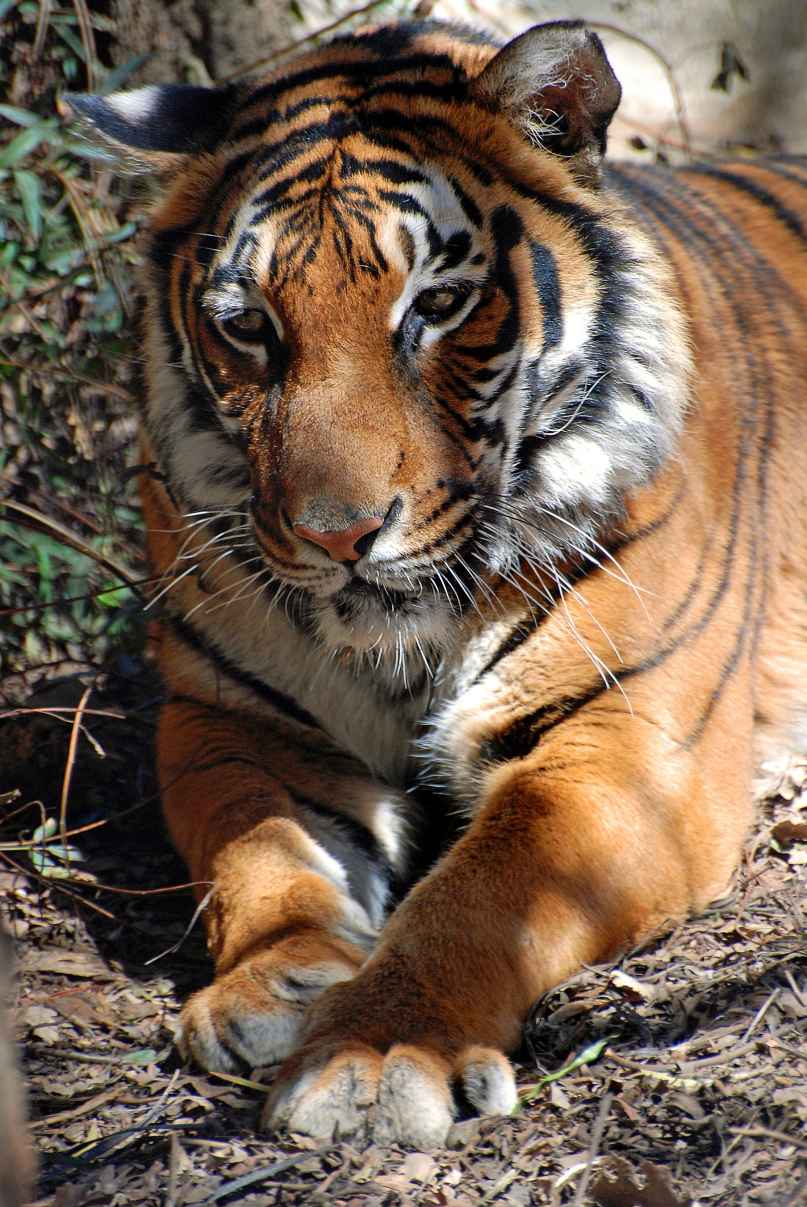
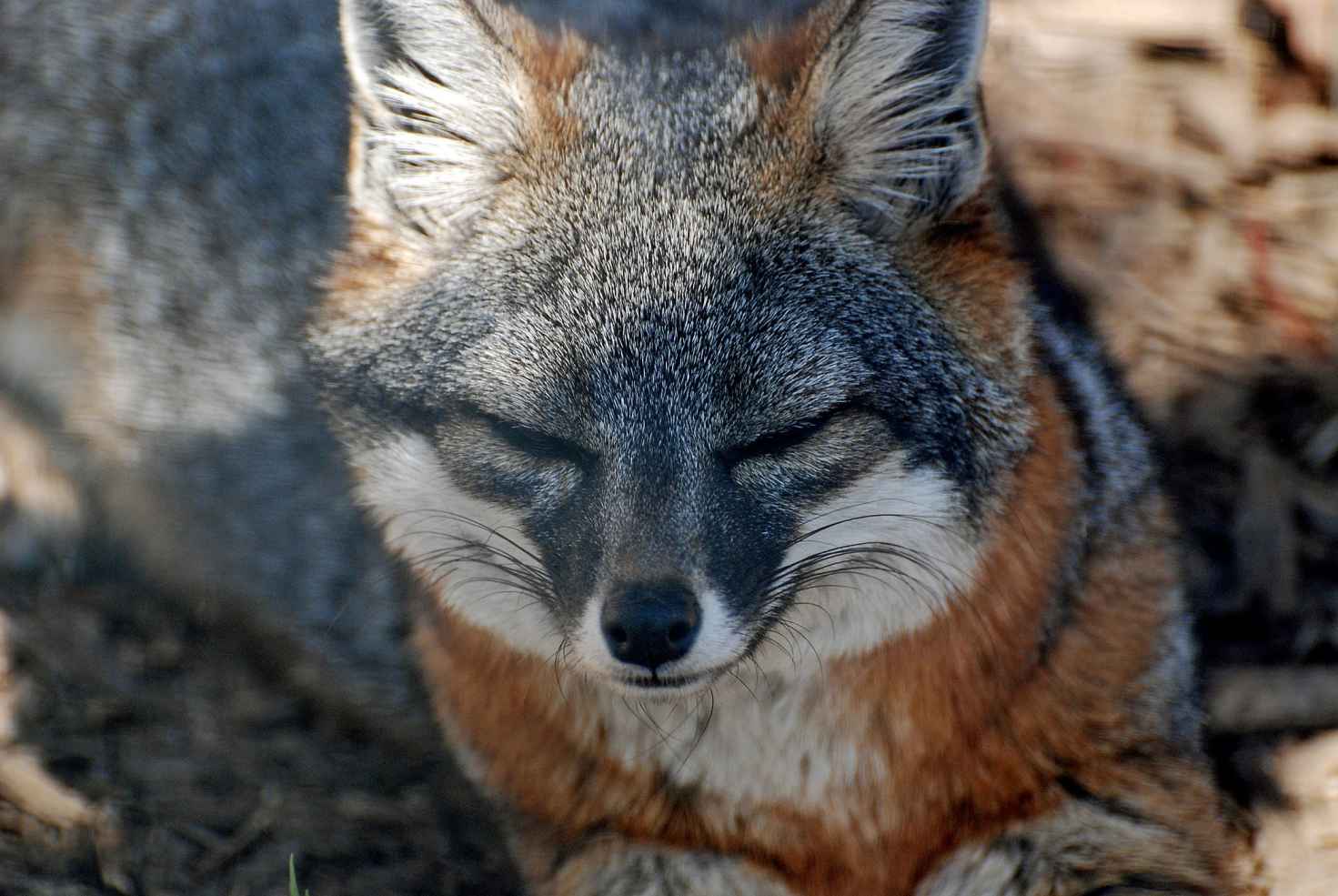 Nikon D-80 200mm, F/5.3, ISO-400, Exposure at 1/50 sec.
Nikon D-80 200mm, F/5.3, ISO-400, Exposure at 1/50 sec.Now look at the difference in lighting between the elephant,
tiger, and fox. Notice how the elephant is the lightest, while
the fox is pretty dark. The fox also has the slowest of the shutterspeeds. With the aperture pretty much the same in all three, the shutterhad to stay open the longest on the fox. The fox took more time for the camera to capture because of the lower light. This intensifies shake.
There was one variable the same is all three of these
shots. They were all done in some kind of zoo. I had to shoot throughbars to get these guys. They were all zoomed in pretty tight. Thefocal lengths were from 200 to 300mm. The combination of longdistance and low light made the fox a little tougher to shoot. tryusing a tripod or image stabilizing lens for distance with shadows.



 Nikon D-80, 300mm, ISO 200, Exposure 1/125 Second
Nikon D-80, 300mm, ISO 200, Exposure 1/125 Second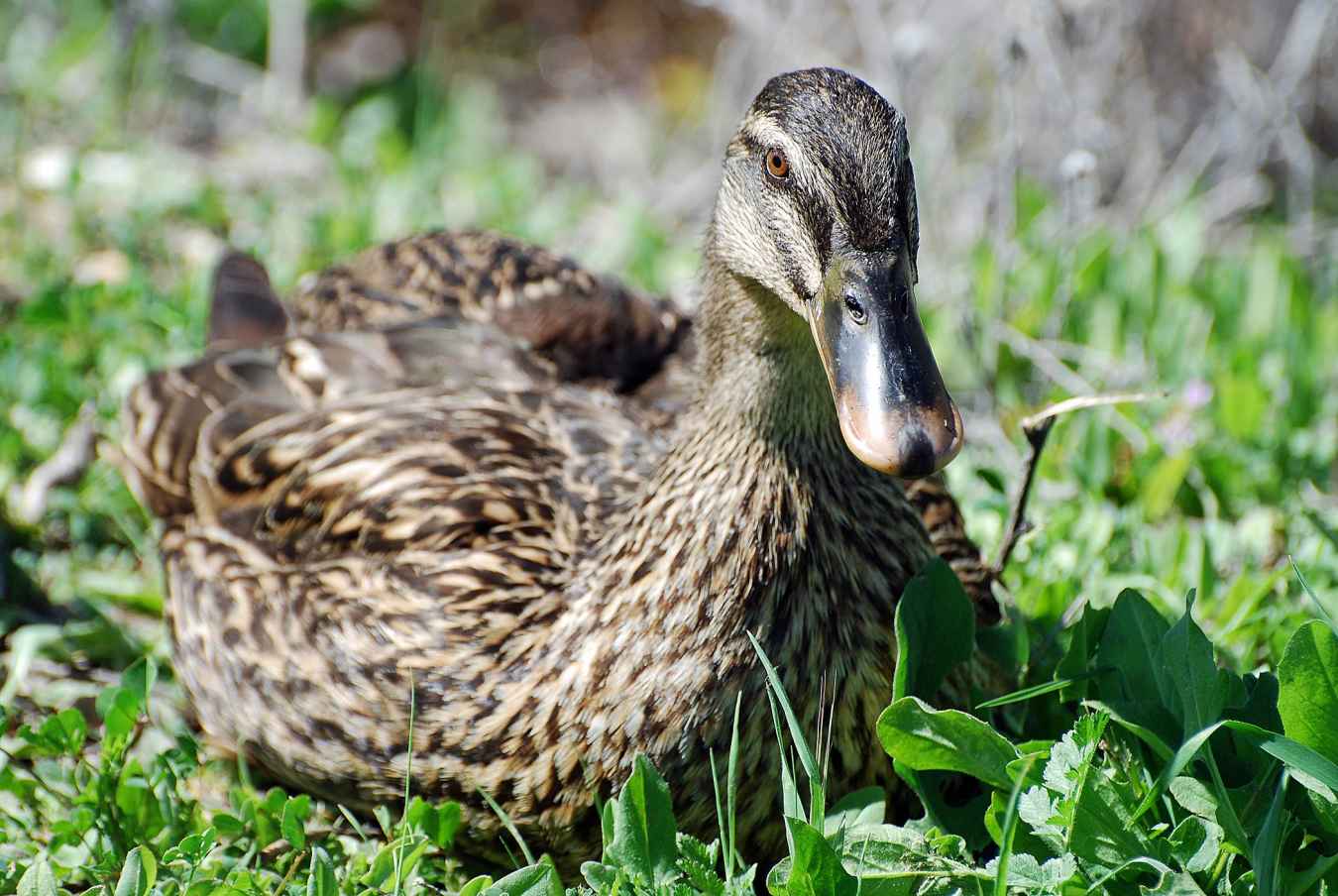 Nikon D-80, 220mm, 200 ISO, 1/25 Second
Nikon D-80, 220mm, 200 ISO, 1/25 Second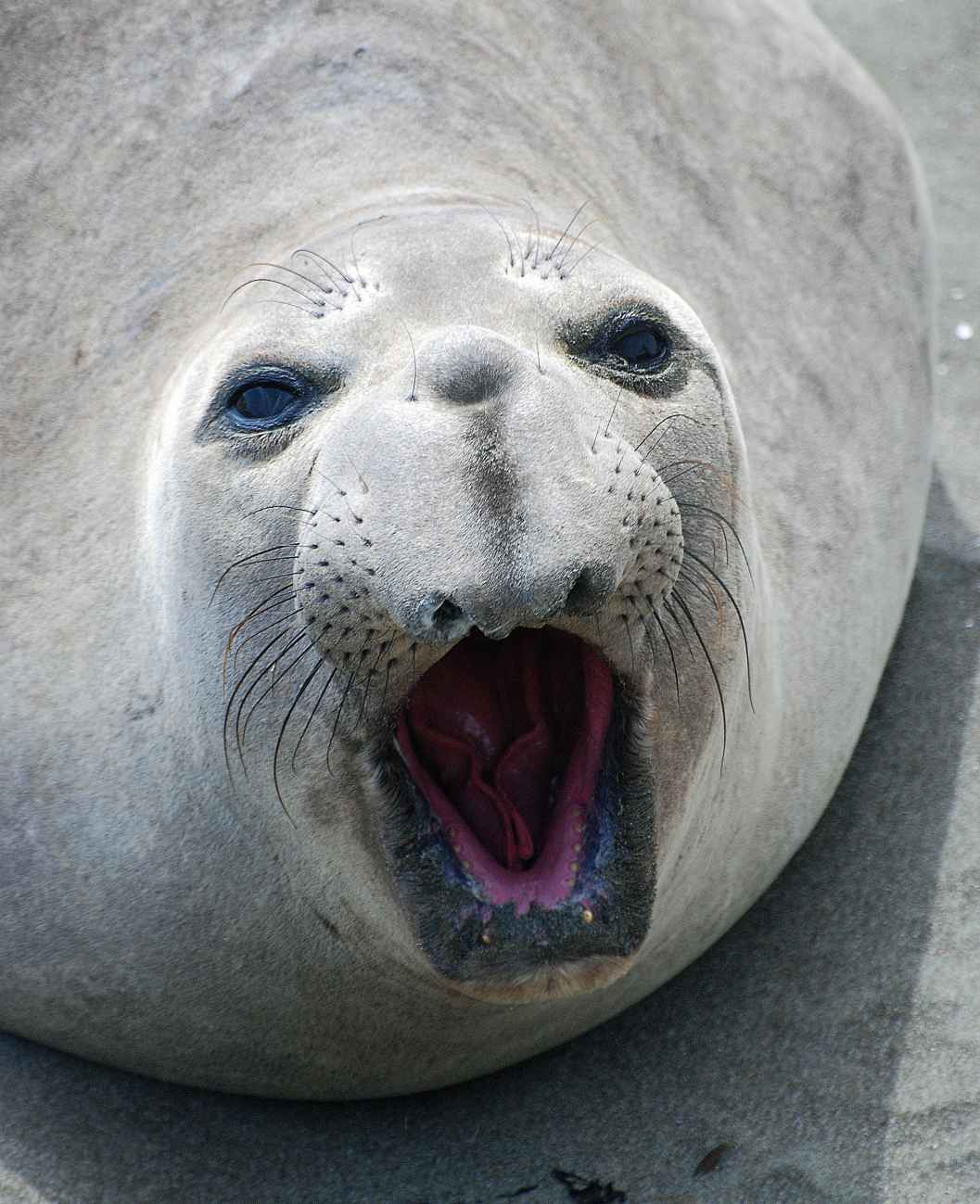
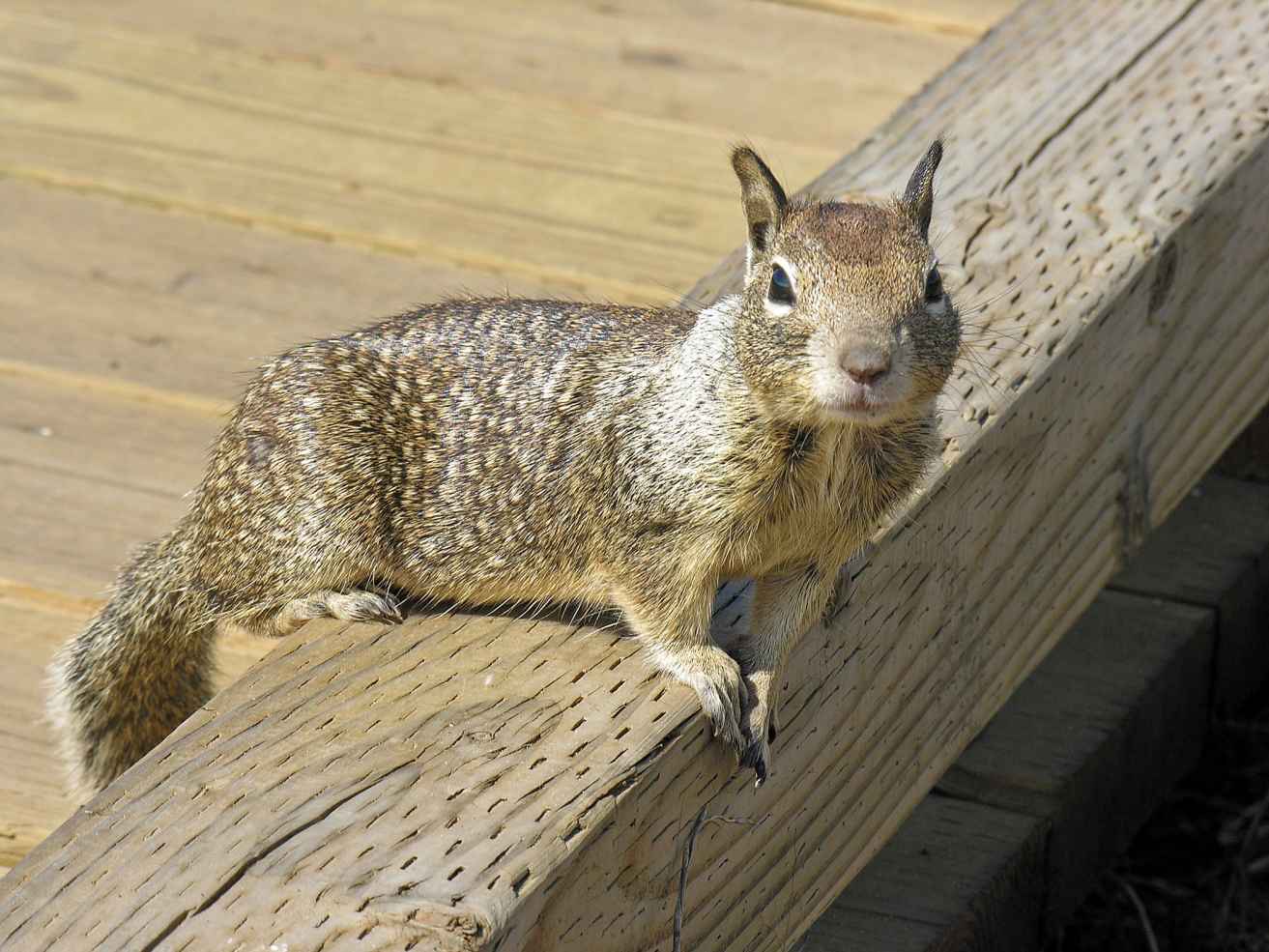 Nikon E8800 (point & shoot), 53mm, F/7.5, ISO 50, Exposure 1/144 sec.
Nikon E8800 (point & shoot), 53mm, F/7.5, ISO 50, Exposure 1/144 sec.These guys have something in common. They're all up close, tight shots.Most are at the full zoom of the 300mm. Using an IS lens in good light is aneasy shot. You don't even need a tripod. Some of the shots are tight becausethey were in undesirable locations such as a zoo. I wanted to have a wild life,or natural look. The alligator in this section was actually being held by a girl.I had to reposition a couple times and really zoom in. You probably couldjust crop with Photoshop, but why give up resolution or detail.
The last shot here with the squirrel was shot with my backup camera,an E8800 point and shoot. It has a versatile range on the zoom and the autosettings are pretty forgiving. Notice the aperture setting on it. F7.5 rather thanthe F5.6 on most of the D-80 shots. If you have a fast moving animal, it'sgood to have your backup ready rather than trying to change all the settings onyour DSLR. It all depends on how elaborate your settings are, too.
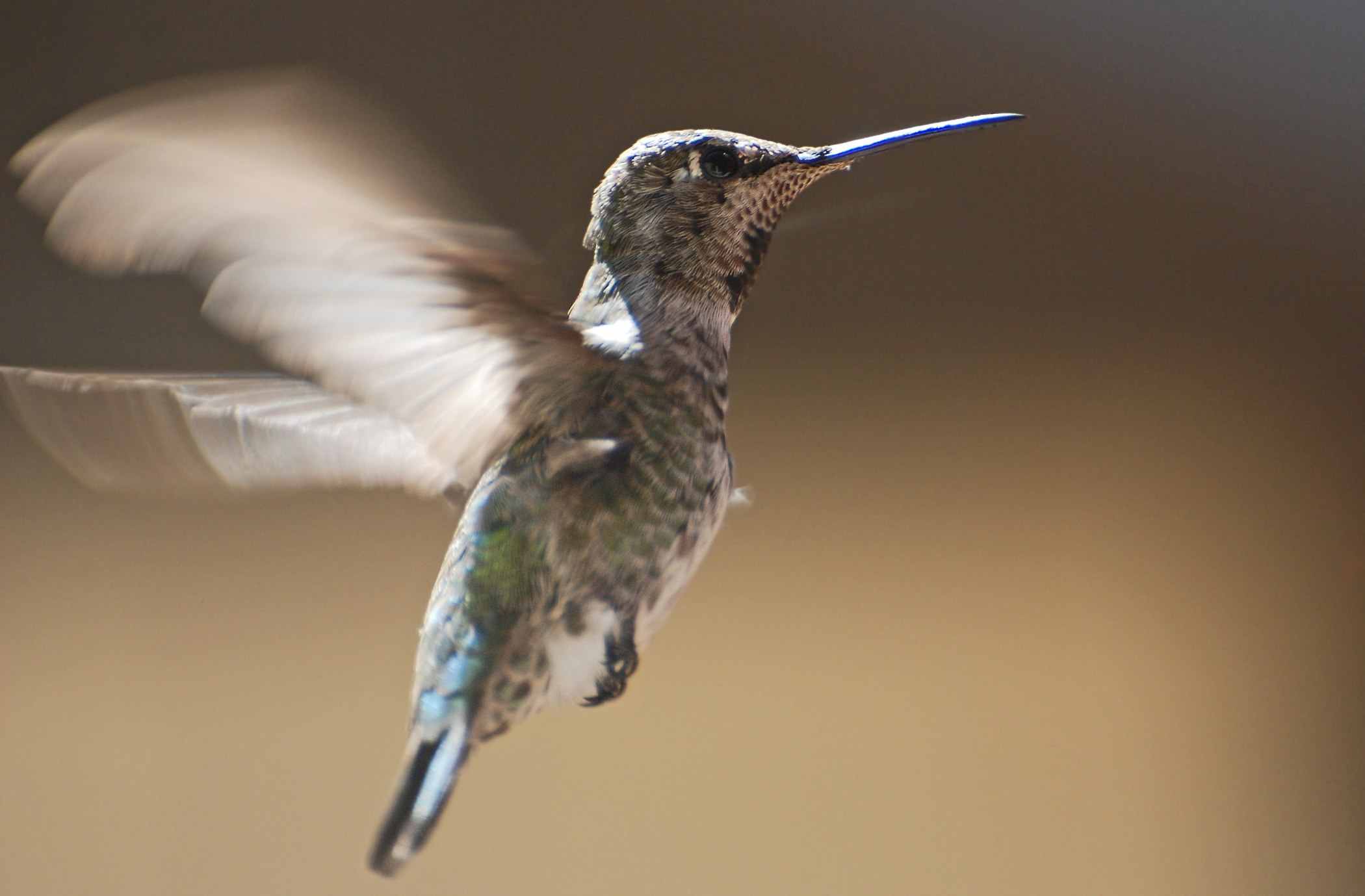 Nikon D-80, 240mm, F/5.6, ISO 400, Exposure 1/320 second
Nikon D-80, 240mm, F/5.6, ISO 400, Exposure 1/320 second
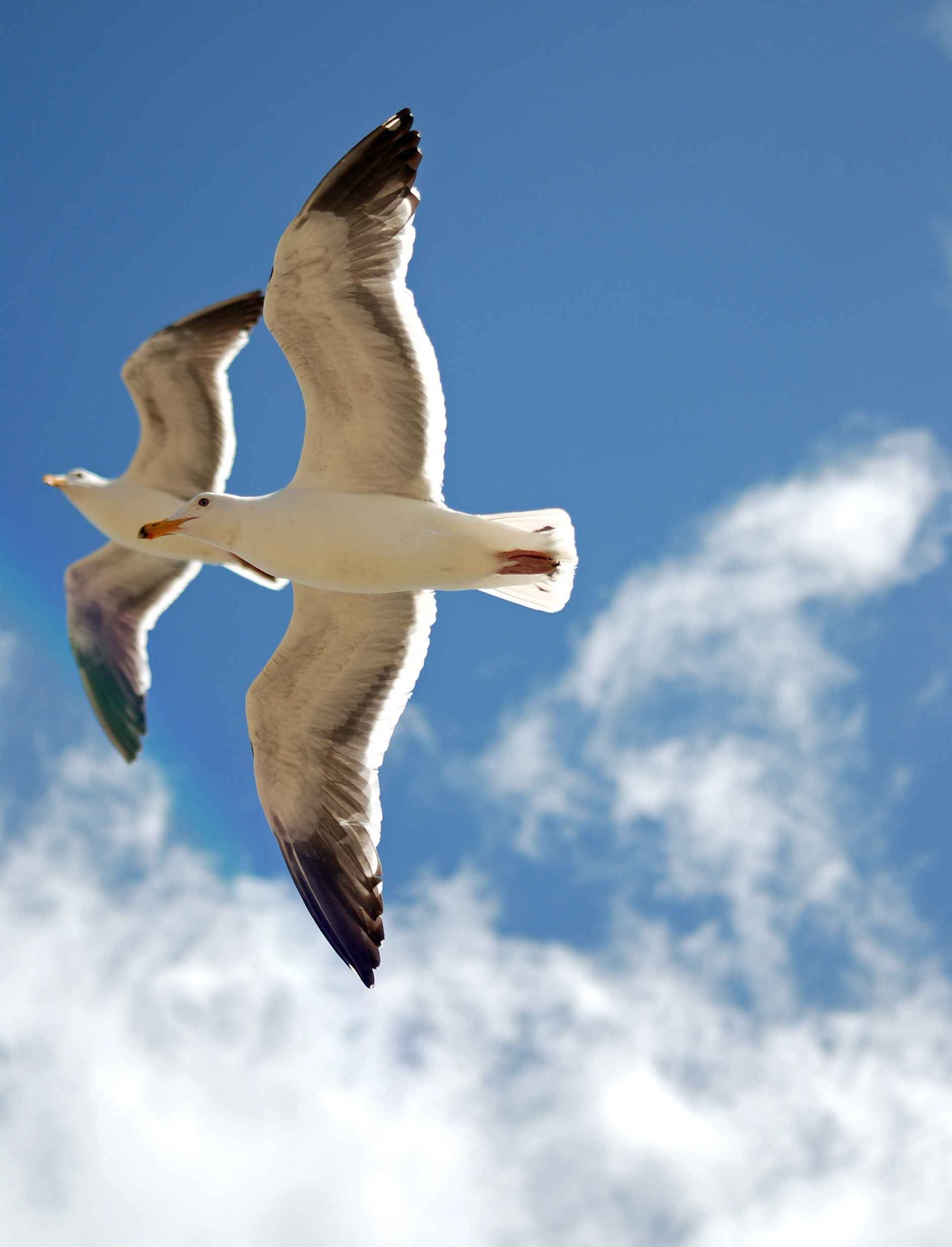
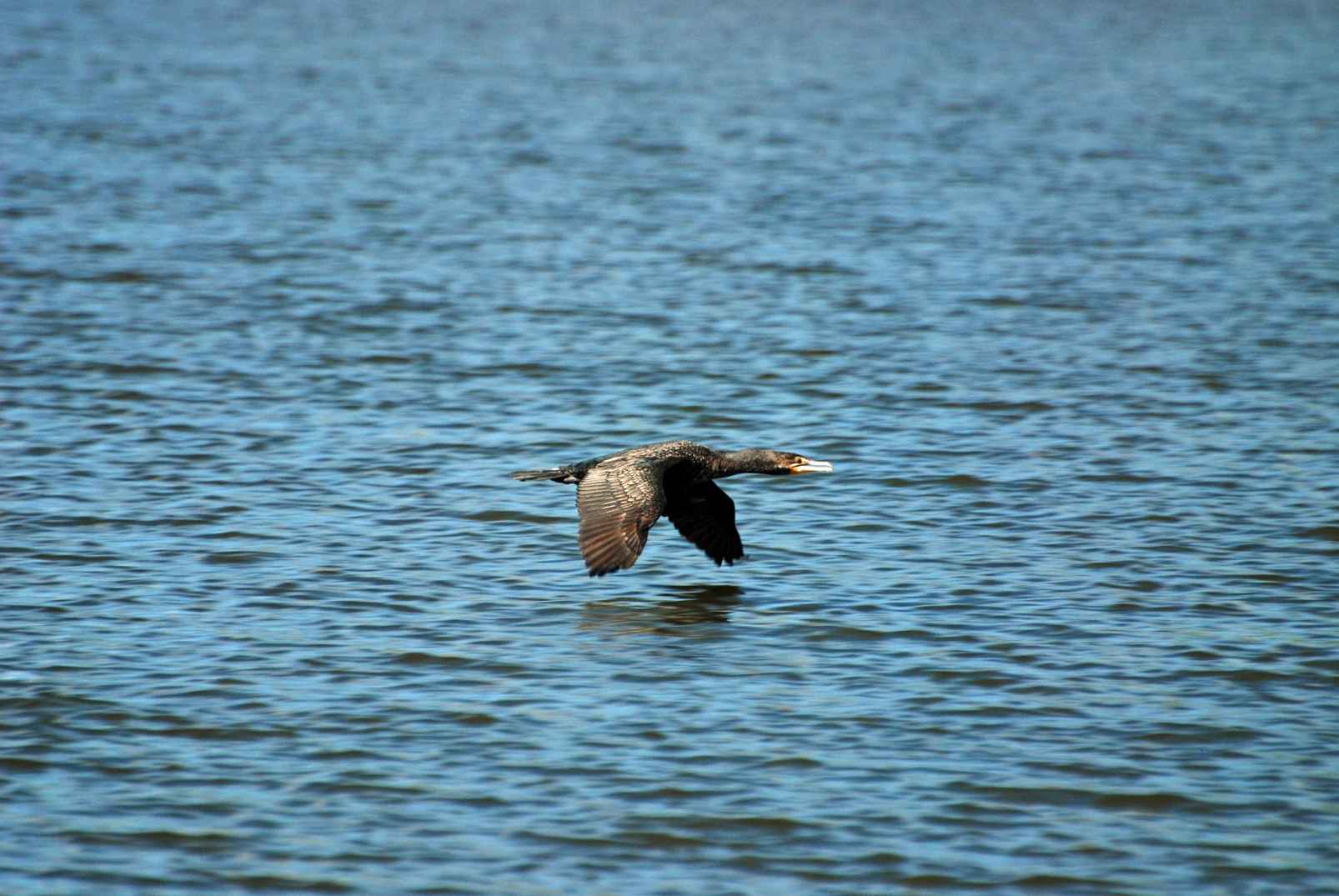 Nikon D-80, 300mm, F/5.6, ISO 400, Exposure 1/400 Second
Nikon D-80, 300mm, F/5.6, ISO 400, Exposure 1/400 SecondFast moving animals, birds in particular, are hard to catch with acamera. An easy way to catch them is to use the sport mode preset thatmost cameras have now days. There's usually a little symbol next tothe preset that looks like an athlete running.
Sometimes there's a trade off with the sport mode. Even though youmay like the fast shutter speed, you may not like the auto focus in thisfunction, or some other aspect of this preset. Another good way to catchbirds in flight is to use a SHUTTER PRIORITY preset. It looks like agiant S on the preset mode dial or in your camera's menu functions.
Shutter Priority allows you to experiment with your shutter speeds,while letting the rest if the settings continue to be automatically set.Sometimes this is the best of two worlds. You can play with the speeds,but not have the presets of the sometimes quirky sport mode.
Shutter Priority is also fun for night shots and cityscapes. Just put it ona tripod, point it, and play with a few shutter speeds. If you like the image inthe display, you might crank the shutter once more, and take another shot.

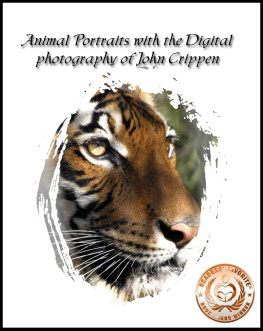

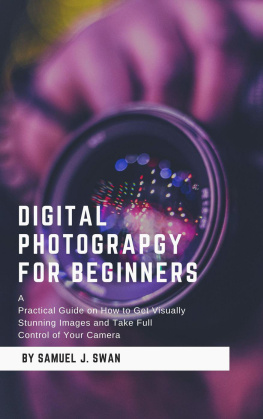

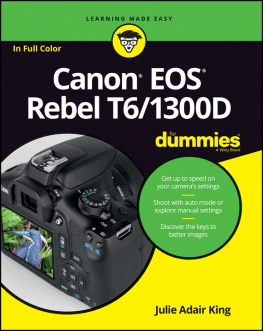
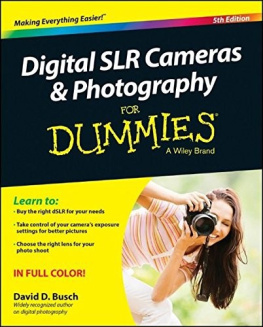
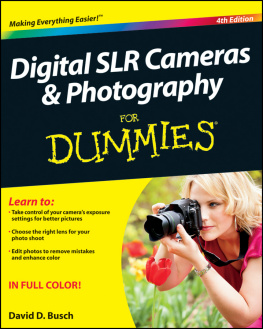
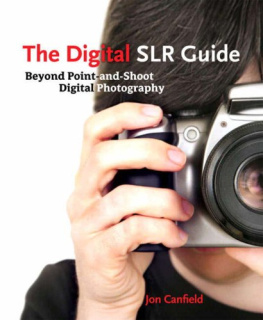


 Nikon D-80 200mm, F/5.3, ISO-400, Exposure at 1/50 sec.
Nikon D-80 200mm, F/5.3, ISO-400, Exposure at 1/50 sec.


 Nikon D-80, 300mm, ISO 200, Exposure 1/125 Second
Nikon D-80, 300mm, ISO 200, Exposure 1/125 Second Nikon D-80, 220mm, 200 ISO, 1/25 Second
Nikon D-80, 220mm, 200 ISO, 1/25 Second
 Nikon E8800 (point & shoot), 53mm, F/7.5, ISO 50, Exposure 1/144 sec.
Nikon E8800 (point & shoot), 53mm, F/7.5, ISO 50, Exposure 1/144 sec. Nikon D-80, 240mm, F/5.6, ISO 400, Exposure 1/320 second
Nikon D-80, 240mm, F/5.6, ISO 400, Exposure 1/320 second

 Nikon D-80, 300mm, F/5.6, ISO 400, Exposure 1/400 Second
Nikon D-80, 300mm, F/5.6, ISO 400, Exposure 1/400 Second